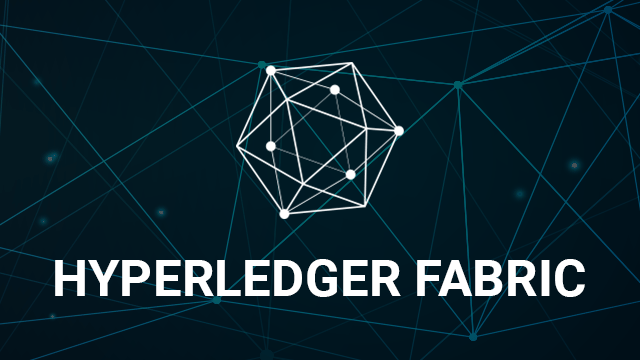
What’s new in Blockchain Hyperledger Fabric v.1.2?
The development of Blockchain Hyperledger Fabric started just 2 years ago with the intent to create an open-source permissioned decentralized ledger for the enterprise use. The main goal was to solve privacy and confidentiality issues and achieve their highest levels.
Hyperledger Fabric is a platform for enterprise standards for building permissioned blockchains, underpinned by a modular architecture with high levels of scalability, resilience, and reliability.
What’s important, the system utilizes secure channels for sharing data between a subset of users and provides endorsement policies for transactions and operations on them. In Fabric, you can create subgroups and make certain users members of these channels.
In July 2017, we saw the first release – Hyperledger Fabric v1.0. Having a fast-growing community and offering the control over the network, Fabric has become one of the most promising blockchain development platforms. At the moment, it’s one of the most popular Hyperledger projects, hosted by The Linux Foundation.
Since the first release, we’ve already seen some improvements, made to the platform in its 1.1 version, which came into life on March 15, 2018.
The principal changes included enhancements to performance, scaling, and the user experience. Also, the developers increased the level of data access control.
Blockchain Hyperledger Fabric v1.2
On July 3, 2018, Hyperledger Fabric 1.2 was released. In a new project update, we saw further improvements to the system privacy and confidentiality.
The most important part of the new update is the Side DB, which actually gives users even more control in enabling transactions to become (be carried out) more private.
Besides confidentiality aspects, certain enhancements to the development and data querying issues were made. For instance, Fabric developers received new tools allowing to verify certificates and facilitate the smart contract execution. A continued endorsement modularity was added to ensure granular access rights in a production network.
Hyperledger Fabric v1.2 introduced the following features:
- Channel Private Data – FAB-8718. Allows keeping certain data completely confidential among a group of certain channel participants.
- Access control for peer functions – FAB-8727. Enables to configure which client identities can interact with peer functions or per member channel.
- Service discovery – FAB-8779. Discover network services dynamically, that involve orderers, peers, chain code, and endorsement policies, in order to facilitate and improve client applications.
- Pluggable endorsement and validation – FAB-8729. Utilize the logic per chain code.
- Hygiene and technical debt. Developers added so-called Ginkgo-based integration tests in the new version. Also, they refactored the component code in order to improve such factors as readability and maintainability.
Moreover, some vulnerabilities were resolved in Hyperledger Fabric v.1.2 (FAB-10537 – Reject CONFIG/ORDERER_TRANSACTION messages). Now the clients can’t submit their transactions intended to be generated from orderer nodes.
In speaking of other perks, developers fixed some bugs and made necessary improvements to test coverage based on user feedback.
They also introduced some important changes to a wide range of static scan findings, including the unused code, spelling, static security scanning, and much more. Since Blockchain Hyperledger Fabric is written in Go, in v. 1.2 an update to Go 1.10 was performed.
Fabric 1.2 version also provides blockchain developers with new tutorials they need to review to successfully work with the update:
- Upgrade to version v1.2: Leverages the BYFN network to show how an upgrade flow should work. The tutorial contains either a script (that can serve as a template for upgrades) or the individual commands.
- Query certificates based on various filter criteria (Fabric CA): Explains how to apply fabric-ca-client to manage certificates.
- Private data: Describes how to set up a collection with the help of BYFN.
- CouchDB: Explains how to set up a CouchDB data store (that enables rich queries).
Creating quality Hyperledger blockchain solutions and being one of the best blockchain development companies according to official ratings (read the interview with our CEO Sergey Valuy on occasion of the 1st place in the list of blockchain dev companies), we are always ready to answer your questions and offer meaningful recommendations.
You’re also welcome to apply to us and receive a consultation to your project for free! Having many blockchain projects successfully delivered, we are ready to help you with yours!)
